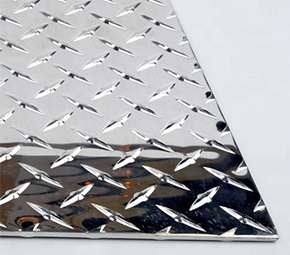Retortable pouches, for example for ketchup and ready- meal components containing small pieces of solids, are made from soft aluminium foil (0.006 to 0.02 mm) laminated with plastic on bag forming, filling and sealing machines. Outside the food sector one can mention pressurised pouches for tennis balls made from an aluminium-plastic laminate; a pressure of about 1 bar is applied to the pouch and this then ensures that there is no loss of pressure inside the balls during storage.
Colour printed and embossed aluminium foil is increas- ingly available as hygienic protection for beverage cans. It is mechanically crimped to the edge of the can, or spot- joined with adhesive, and prevents dust or impurities – caused for example by cans spending prolonged periods on supermarket shelves – entering the can when it is opened. The spot-joined foil is also suitable for temporar- ily resealing the can and thus keeping out insects, for example. With flexo or gravure printing in up to eight colours, the Flexible packaging Aluminium foil can also be used as an effective space for advertising.

Strictly speaking, aseptic packaging for UHT milk is not aluminium packaging but a drinks carton – a laminate of paper, aluminium foil and polyethylene to be precise. The pack material is immersed in a warm bath of hydrogen peroxide to sterilise it. It is subsequently shaped into a so- called Brik-Pack, filled and sealed. Of the around 28 grams of packaging used for a litre carton of UHT milk, the one and a half grams of aluminium foil provides the barrier layer against external influences and helps ensure that the milk can be kept for several months without refriger- ation.
For the sake of completeness, mention should also be made of aluminium household foil , which does not quite fit into the approach adopted here but still involves the packaging of foodstuffs – whether it be for cooking or storage. It is typically 0.008 to 0.03 mm thick without any printing, wound onto a cardboard reel and available in dif- ferent widths and lengths.





